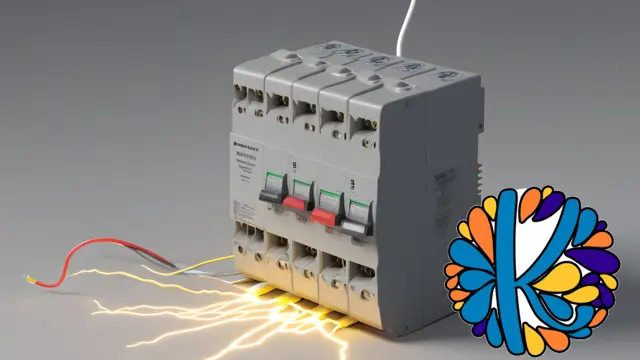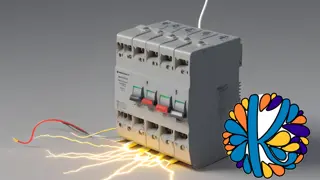
Mastering Surge Protective Devices With IEC Standards
This course provides a comprehensive understanding of surge protection devices (SPDs) in electrical systems
Khadija Academy
Summary
- Reed Courses Certificate of Completion - Free
- Tutor is available to students
Add to basket or enquire
Overview
Our comprehensive course on Surge Protective Devices (SPDs) provides in-depth knowledge and practical insights into the selection, installation, and operation of SPDs. From understanding the fundamentals of surge protection to mastering the technology behind SPDs, this course equips participants with the expertise to safeguard electrical systems from transient overvoltages.
Certificates
Reed Courses Certificate of Completion
Digital certificate - Included
Will be downloadable when all lectures have been completed.
Curriculum
Course media
Description
In Section 1, participants will delve into the fundamentals of surge protection, including the operation of SPDs, the role of Metal Oxide Varistors (MOVs), indicator cartridges, and the science behind lightning phenomena.
Section 2 focuses on the various types of SPDs, their technologies, and specifications, providing a comprehensive understanding of the available options.
Section 3 delves into the critical aspects of selecting and installing SPDs, covering topics such as the selection of operating voltage, voltage protection level, current ratings, coordination, overcurrent protection, and the practical considerations for wiring and conductor cross-sectional area in SPD installations.
This course is suitable for electrical power engineers and electrical engineering students, as well as professionals involved in the design, installation, and maintenance of electrical systems. It provides essential knowledge for safeguarding electrical installations, preventing equipment damage, and ensuring the continual operation of electrical systems.
By the end of this course, participants will be well-versed in the principles, technologies, and best practices for selecting, installing, and maintaining surge protective devices, ensuring the safety and reliability of electrical systems in compliance with industry standards and regulations.
Who is this course for?
- Electricians and electrical technicians involved in the installation and maintenance of electrical power protection systems.
- Engineers, including electrical and power engineers, seeking to enhance their knowledge of surge protection systems for commercial, institutional, and industrial facilities.
- Students and professionals in building environment and energy engineering, aiming to gain expertise in lightning and surge protection systems.
- Those involved in domestic electricity installations and seeking to understand and implement surge protective devices for residential and commercial buildings.
Requirements
- No prior requirements except the basics of electrical power engineering.
Career path
- Electrical design engineer
- Electrical power engineer
- Overvoltage protection engineer
Questions and answers
Currently there are no Q&As for this course. Be the first to ask a question.
Reviews
Currently there are no reviews for this course. Be the first to leave a review.
Legal information
This course is advertised on reed.co.uk by the Course Provider, whose terms and conditions apply. Purchases are made directly from the Course Provider, and as such, content and materials are supplied by the Course Provider directly. Reed is acting as agent and not reseller in relation to this course. Reed's only responsibility is to facilitate your payment for the course. It is your responsibility to review and agree to the Course Provider's terms and conditions and satisfy yourself as to the suitability of the course you intend to purchase. Reed will not have any responsibility for the content of the course and/or associated materials.


